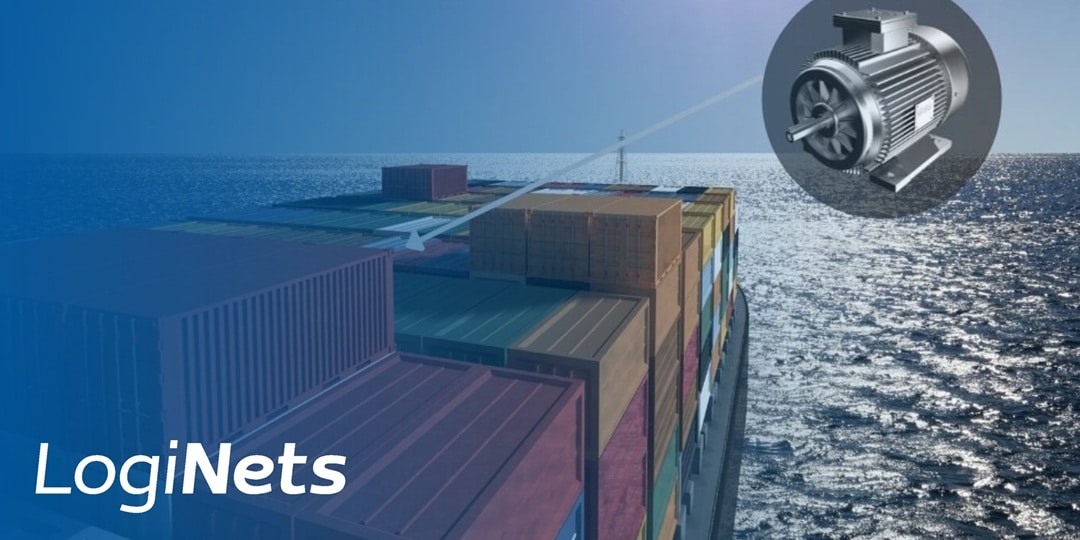Procurement and materials can account of for over 70% of an EPCM projects’ budget. Issues with materials management can cause significant financial setbacks for the project. One of the fastest ways to produce unnecessary costs is having contractors standing around for hours waiting for materials. Or, having contractors spend hours at site looking for materials rather than doing the jobs they were hired for. Unproductive material handling tasks can consume up to 40% of a field crew’s time on the job site. Overordering and last-minute airfreight deliveries can also set off your project’s budget. These statistics highlight the need for efficient materials tracking in EPCM projects. Easy traceability of materials will save your project time and money. Below we’ve listed pros and cons for 6 of the most common methods of tracking material deliveries in EPCM projects.
1) Excel Files
Pros: If you’ve worked in EPCM projects, you’re most likely a pro at using Excel files. Members in your project network will be used to handling and exchanging information via Excels. It’s practically the industry standard. You won’t have to train your suppliers and contractors to use a new tool. You also won’t have to make investments into new materials tracking software.
Cons: Materials management over Excel simply isn’t efficient. If your field workers need positions LHV 269 RKS and LHV 272 RKS to continue assembly, it’s extremely time consuming to locate these goods within the supply chain. You will have to find out which supplier the goods were purchased from, and which purchase order the goods belong to. Then, you will have to find the relevant Excel for this purchase order. In the worst case scenario, Excels haven’t been updated with the latest information. You won’t know if these goods are still at the supplier’s warehouse or if they’re already in transit.
2) Material tracking solutions using RFID-tags
Pros: Material tracking solutions using RFID-tags have been around for a long time. These solutions are widely used in other industries. There are standardizations in place for the different RFID-frequencies. If you’re interested in this topic, you can find more information in this article.
Cons: EPCM projects are known for the wide presence of metal components at all tracking levels. Materials delivered, containers, trucks and ships are largely made of metal. Unfortunately, RFID-tags don’t work well in metal environments.
Distributing RFID-tags to the suppliers in correct quantities in line with their delivery schedules will cause additional logistical challenges. Requesting that suppliers add RFID-tags onto each component and details of these tags into a common database will place a large burden on your suppliers’ operations.
Lastly, adding RFID-tags developed for metal environments to millions of components will come with a hefty price tag. It will make you question the ROI on these efforts.
3) Utilizing logistics service providers systems
Pros: Your forwarder’s systems will typically include real-time and detailed information on containers and their delivery milestones.
Cons: You can’t trace individual components within the logistics chain using your LSP’s systems. For example, you can’t perform a search for position LHV 272 RKS and find out where in the logistics chain it’s located. There is no link between containers, packages, and components in the deliveries. You also won’t have tools for managing purchase orders or tracking materials once they’ve arrived at the project site.
4) Construction site warehouse management tools
Pros: Warehouse management tools have been around for a long time. You’ll have a large variety of highly developed software to choose from. Locating goods within your project site will be easy.
Cons: Warehouse management tools won’t give you any visibility into earlier stages of the logistics chain. For example, into purchases or transportation of goods. You will need to utilize multiple tools to track the different stages of the logistics chain. This means you’ll need to invest in multiple different software. Some warehouse management tools aren’t flexible enough for capital projects’ needs. For example, some software might only support storing goods in specific warehouse area locations rather than storing goods inside containers, which can be typical for capital project construction sites.
5) Supply chain management software (SCMS)
Pros: SCMSs have similarly been around for a long time. You will have plenty of reputable service providers to choose from.
Cons: Typical SCMSs have been developed for industries where suppliers deliver products continuously, such as the automotive industry. These systems aren’t flexible enough for the project business environment, which is temporary in nature. Software set up times and user trainings have to be fast and easy. SCMSs may also not support all the different types of equipment used in capital projects.
6) A common material delivery database for EPCM projects
Pros: Through the use of a common material delivery database you achieve transparent project supply chains and easily traceable materials. You can join the project owners, procurement, suppliers, logistics service providers, contractors and project site personnel on one platform. You can, for example, search for position number LHV 272 RKS and find it’s exact status in the logistics chain. Information on procurements and materials will not be held with individual people within an organization, but all relevant project parties will have access to real-time, comprehensive data.
Cons: At the moment, there aren’t many service providers available. It can also be risky for organizations to develop this software internally, as the solution should be tried and tested prior to use. Testing should happen in a global capital project with hundreds of suppliers and millions of procured materials.
Concluding words
There are multiple different methods for tracking material deliveries in EPCM projects. Some are more efficient than others. It’s very important to have a material logistics plan (MLP) in place even before you begin procurement of goods. You should consider how your goods will be procured, transported, stored at your site until assembly and how they will be traced through the logistics chain. “Fail to plan – plan to fail” is a common saying for a reason.
Want to discuss this topic further? Get in touch!



